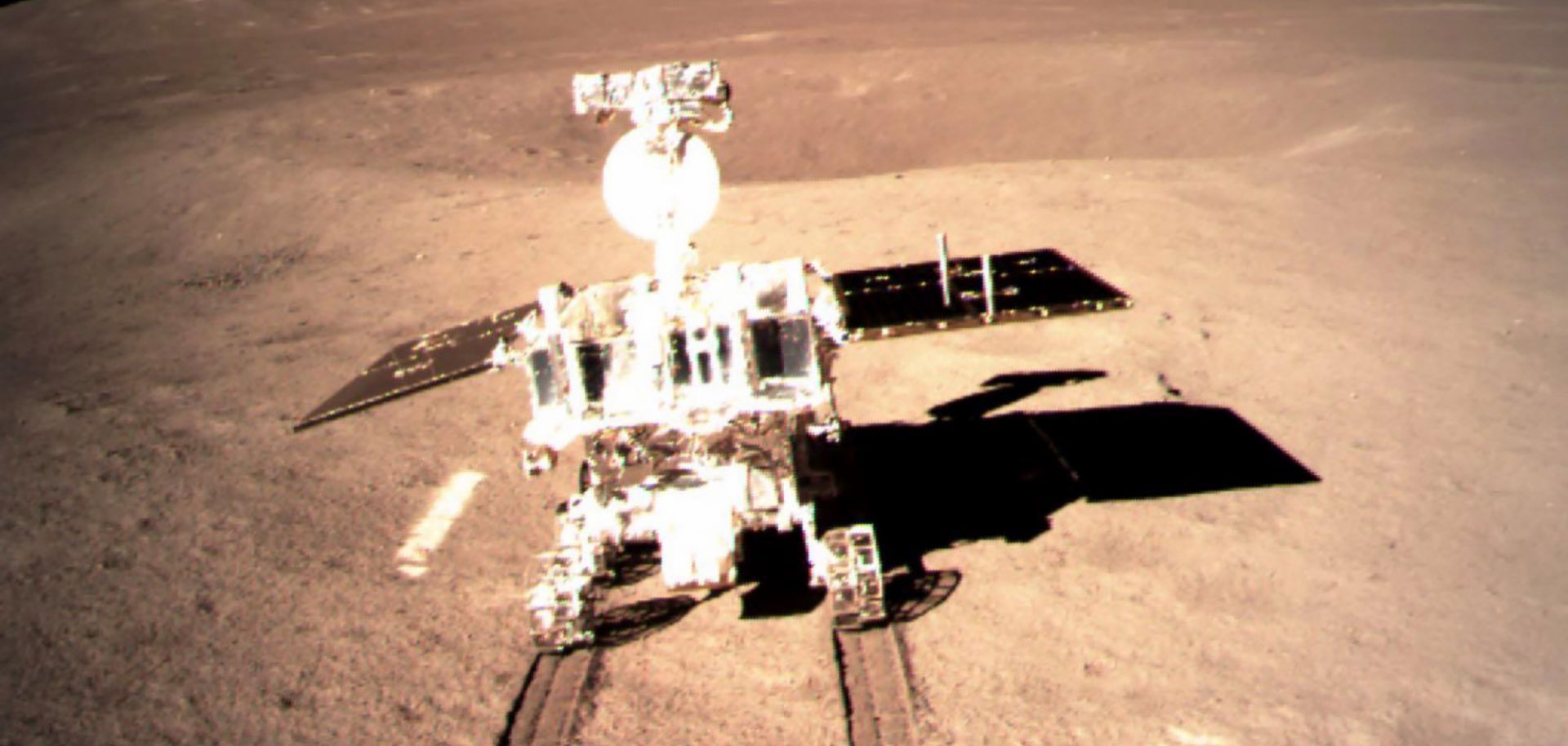GLOBAL PERSPECTIVES
China's Giant Leap Into a New Space Race

Jan 10, 2019 | 06:30 GMT

A Chinese lunar rover begins exploring the far side of the moon on Jan. 3. By achieving the first-ever landing on the moon's far side, China took another significant step toward catching up with the United States in space.
(CHINA NATIONAL SPACE ADMINISTRATION/AFP/Getty Images)
Highlights
- The space race developing between China and the United States will differ significantly from the Cold War original.
- China's space program is as commercially oriented as NASA's, giving the new space race an economic dimension the old one lacked.
- The military dimensions of the Sino-American space race also are shaping up differently, with a focus on protecting and threatening satellite communication networks rather than ICBMs. But this could quickly change.
Proceed to sign up
Register NowAlready have an account?
Sign In